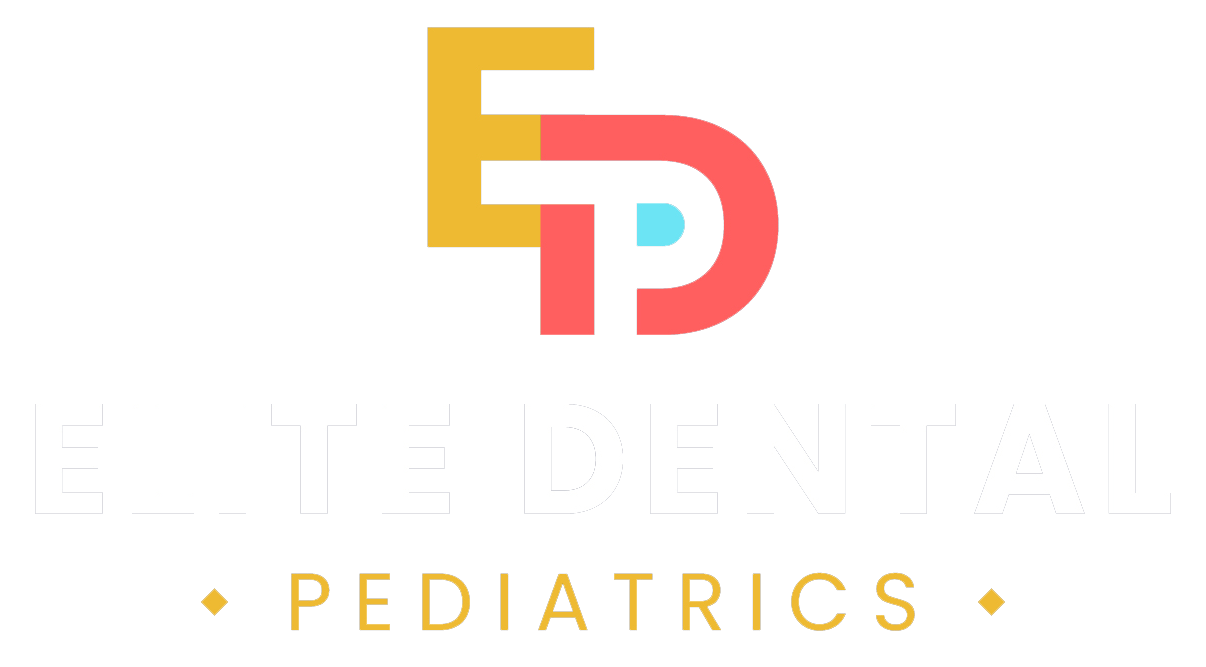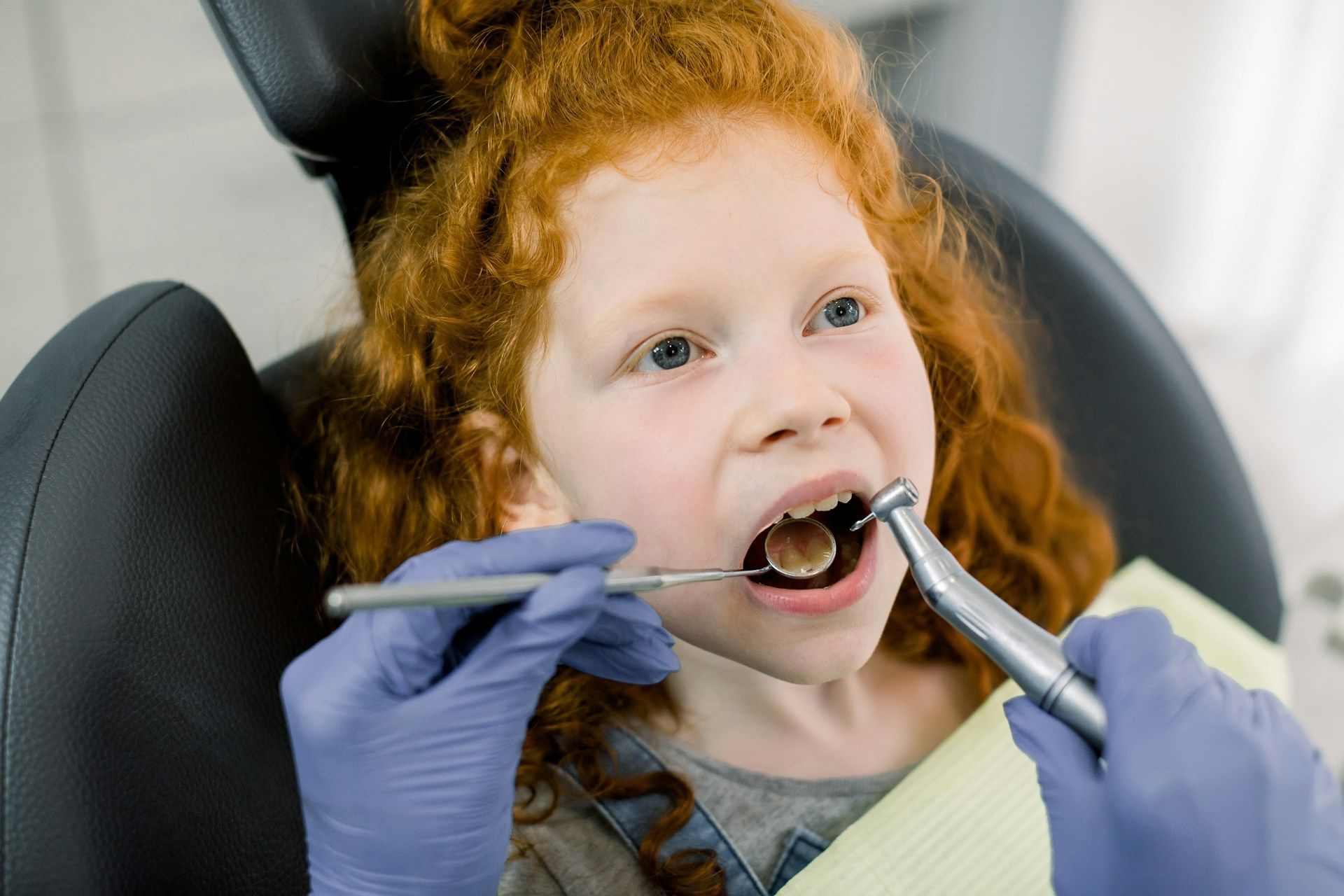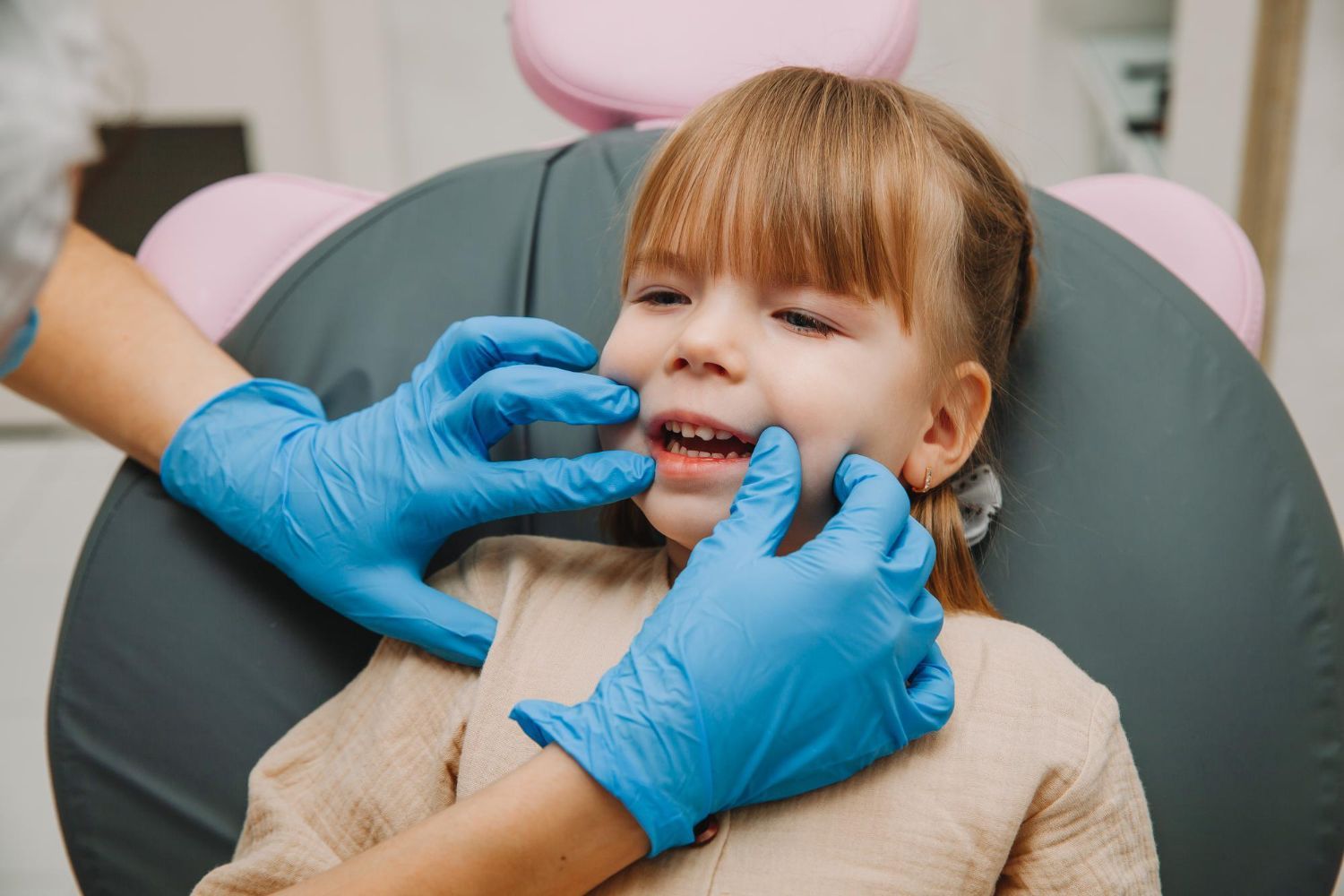Signs Your Child Needs Braces and What to Do Next
As a parent, you always want the best for your child's health, including their dental well-being. Watching for signs that your child might need braces can help you address potential orthodontic issues early. Not only can braces improve the appearance of your child's smile, but they can also correct problems that might affect their overall oral health and function.
Recognizing early signs, such as crooked teeth or difficulty chewing, can make a significant difference. Many children show these signs early, and catching them at the right time can make the treatment process smoother and more effective. Misaligned teeth and jaws can lead to complications like tooth decay, gum disease, and even difficulty speaking or eating.
In this article, we will cover some of the common signs that indicate your child may need braces and when to consider an orthodontic evaluation. Understanding the options available and the steps to take after deciding on braces can help you make informed decisions for your child's dental health.
Common Signs Your Child Might Need Braces
Crooked or Crowded Teeth
One of the most obvious signs that your child might need braces is crooked or crowded teeth. If your child's teeth overlap, twist, or are out of place, this can be a clear indication of an orthodontic issue. Crowding can make it difficult for your child to properly clean their teeth, leading to plaque buildup, cavities, and even gum disease. While some crookedness might correct itself as the child's mouth grows, significant misalignment often needs professional intervention to ensure proper alignment and oral health.
Difficulty Chewing or Biting
If your child struggles to chew their food or bites their cheeks or tongue frequently, this could be a sign of an orthodontic problem. Malocclusion, or a poor bite, can make eating difficult and uncomfortable. You might notice your child complaining of jaw pain or avoiding certain foods because they are hard to chew. Addressing these issues with braces can improve their bite, making eating more comfortable and reducing the likelihood of accidental cheek or tongue biting.
Misaligned Jaw and Frequent Biting of the Cheek
A misaligned jaw can cause a range of problems for your child, from an improper bite to frequent cheek biting. You might notice that your child's jaw seems off-center or that they have difficulty closing their mouth completely. An uneven bite can lead to issues with speech, eating, and even breathing in severe cases. Frequent biting of the cheek or tongue might also be a sign that their teeth are not aligning properly when they chew. Braces can help correct jaw misalignment, ensuring that teeth and jaws grow in harmony.
When to Consider an Orthodontic Evaluation
Recommended Age for First Check-Up
The American Association of Orthodontists recommends that children have their first orthodontic check-up by the age of seven. By this age, enough permanent teeth have usually come in, allowing the orthodontist to detect any potential problems. Early evaluation doesn’t mean immediate treatment, but it helps in planning future orthodontic care. Catching issues early can simplify treatment and potentially avoid more extensive procedures later on.
Early vs. Late Orthodontic Treatment
Orthodontic treatment can be started early or later, depending on the child's specific needs. Early intervention, typically around ages 7-10, can be beneficial if the orthodontist detects significant issues that might worsen over time. Early treatment can guide jaw growth, create space for crowded teeth, and correct bite problems. Late treatment, which usually starts in the teen years, often addresses alignment issues once most of the permanent teeth have erupted. Both approaches have their benefits, and the orthodontist can help determine the best timing for your child's treatment.
Benefits of Early Intervention
Early intervention can have several advantages for your child's oral health. Addressing issues early can prevent more severe problems down the line, making future treatments simpler and potentially shorter. Early treatment can correct harmful oral habits, improve the smile's appearance, and enhance self-esteem. Furthermore, it can aid in developing better oral hygiene habits since properly aligned teeth are easier to clean. Early orthodontic care ensures that your child's teeth and jaws grow correctly, paving the way for a healthier smile.
Exploring Braces and Orthodontic Options
Traditional Metal Braces
Traditional metal braces are the most common type of orthodontic treatment. They consist of metal brackets glued to your child's teeth and connected by wires, which are adjusted periodically to move the teeth into the correct position. Metal braces are highly effective for treating even the most complex orthodontic issues. While they are visible, today's metal braces are smaller and more comfortable than those in the past. They are an excellent option if your child needs significant dental correction.
Clear Aligners and Other Alternatives
Clear aligners, such as Invisalign, offer a more discreet option for straightening teeth. These are custom-made, transparent plastic trays that fit snugly over your child's teeth. They are removable, making it easier to maintain oral hygiene and eat without restriction. However, they must be worn for 20-22 hours a day to be effective. Clear aligners work best for mild to moderate orthodontic issues. Other alternatives include ceramic braces, which are less noticeable than metal braces, and lingual braces that are attached behind the teeth, hidden from view.
What to Expect During Treatment
The orthodontic treatment process starts with a detailed evaluation and creation of a personalized treatment plan. Once braces or aligners are in place, regular visits to the orthodontist are necessary for adjustments and monitoring progress. Treatment duration varies but typically lasts between one to three years. Your child might experience some discomfort initially, but it usually subsides within a few days. Adhering to the orthodontist's instructions, maintaining good oral hygiene, and attending follow-up appointments are essential for successful treatment outcomes.
Steps to Take After Deciding on Braces
Scheduling the Initial Consultation
Once you've decided that braces are the right step for your child, the first action is to schedule an initial consultation with an orthodontist. During this appointment, the orthodontist will evaluate your child's teeth, take x-rays, and discuss the best treatment options. This is also a good time to ask any questions you or your child might have about the process. The orthodontist will explain the treatment plan, including the type of braces recommended, the estimated duration of treatment, and the cost involved.
Preparing Your Child for the Process
Preparing your child for braces involves both practical and emotional readiness. Explain the benefits of braces and how they will help their teeth and smile in the long run. Address any concerns they might have about discomfort or appearance. Encourage them by discussing how common braces are among their peers and the exciting part about choosing different colored bands or other customization options. Stock up on braces-friendly foods and oral care supplies, such as orthodontic toothbrushes and wax to alleviate any discomfort from the brackets.
Long-Term Oral Hygiene and Care
Long-term care and hygiene are crucial once your child has braces. Ensuring they brush and floss regularly is more important than ever to prevent plaque buildup and tooth decay. They should use a soft-bristled toothbrush and fluoride toothpaste, and an orthodontic floss threader might be necessary to clean between wires and brackets effectively. Encouraging a diet free from hard, sticky, or sugary foods helps avoid damage to the braces and maintains oral health. Regular dental check-ups and cleanings are essential to monitor their oral health throughout the orthodontic treatment.
Conclusion
Navigating the journey toward braces for your child can seem overwhelming, but understanding the signs, knowing when to seek an evaluation, and exploring your options can make the process much smoother. Recognizing issues early and considering timely orthodontic treatment can significantly impact your child's oral health and confidence. By making informed decisions, scheduling needed consultations, and preparing thoroughly, you ensure your child gains the maximum benefit from their braces.
A commitment to regular dental hygiene and follow-up appointments will lead to a successful treatment outcome. For personalized support and expert advice on your child’s orthodontic needs, visit Elite Dental Pediatrics, a
pediatric dental clinic in Houston, Texas. Our experienced team is dedicated to providing the best care for your child’s smile. Schedule your consultation today and take the first step towards a brighter, healthier smile for your child!










